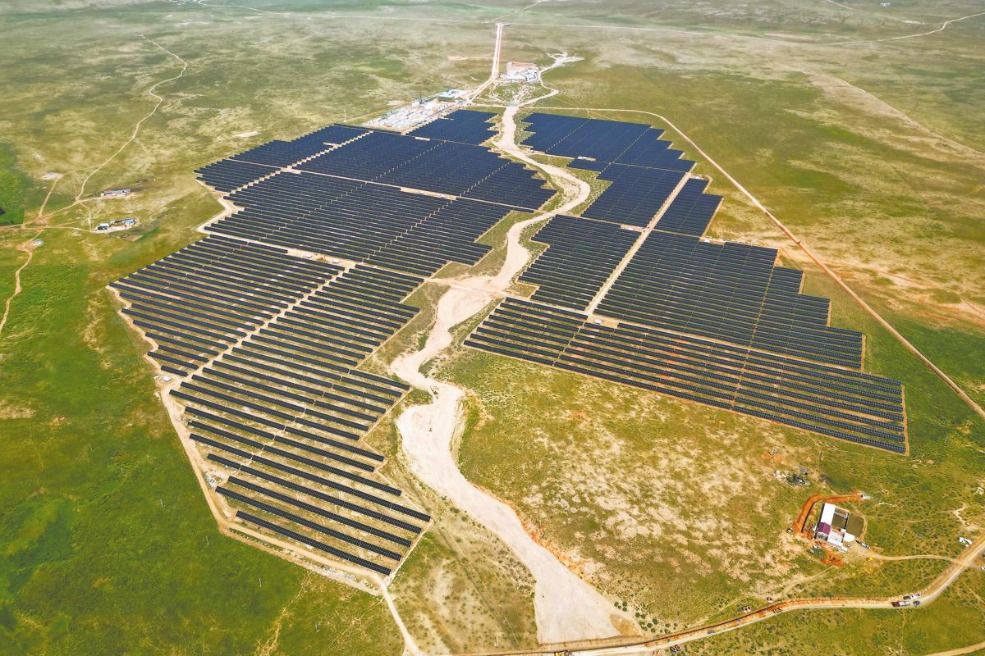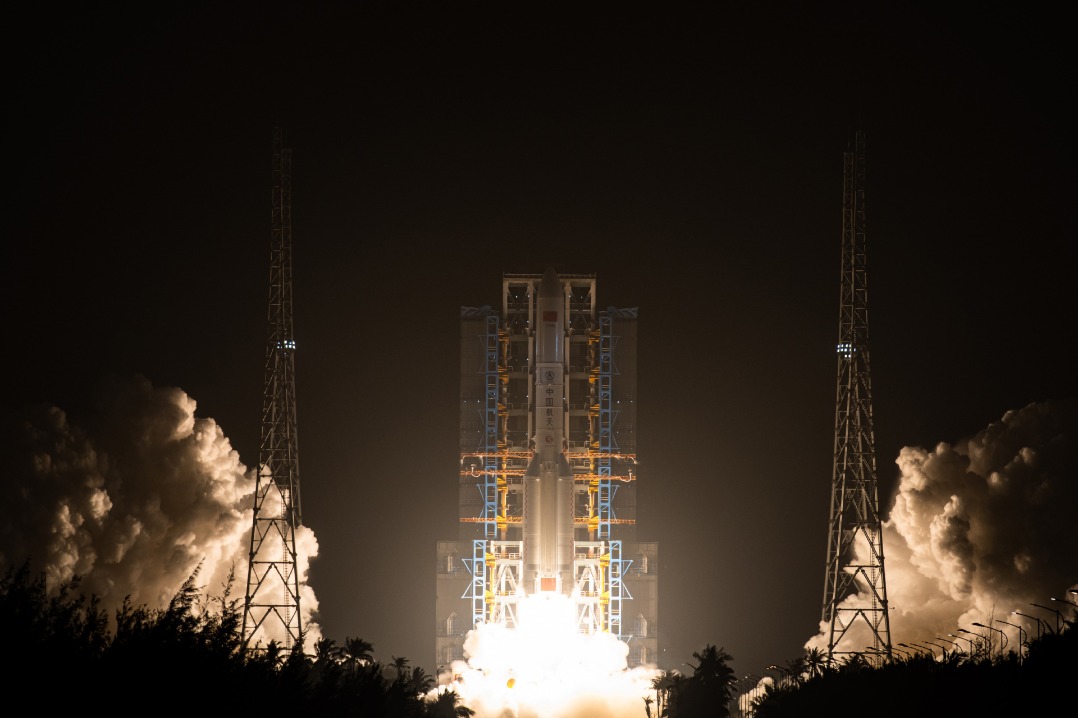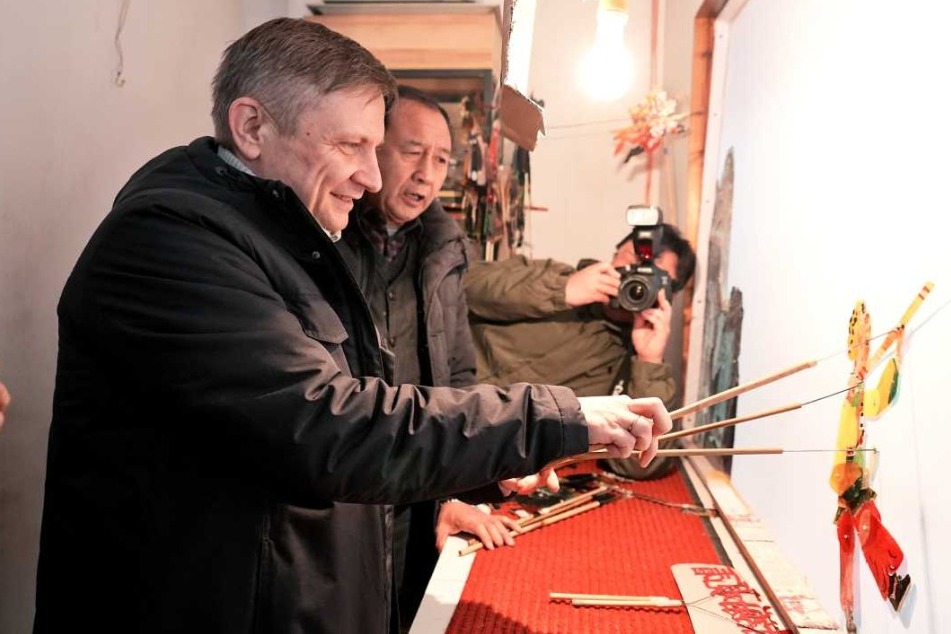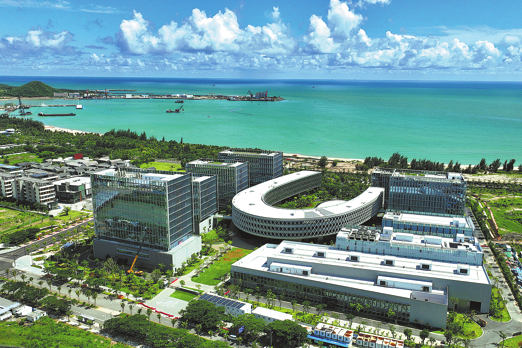Nation rides BRI for stronger energy ties

BEIJING — After dehydration, desulfurization and decarbonization, freshly extracted gas from Central Asian countries merges into the China-Central Asia natural gas pipeline, jointly operated by the China National Petroleum Corp and its local partners.
Traversing deserts and grasslands, the natural gas in the pipeline will travel nearly 2,000 kilometers eastward over 84 hours to the Chinese border city of Horgos in the Xinjiang Uygur autonomous region, where it is further distributed to various Chinese regions, including Shanghai, Fuzhou in Fujian province and Hong Kong.
Data showed that in 2022, the Horgos station delivered about 43 billion cubic meters of Central Asian natural gas via the pipeline, accounting for 11.8 percent of China's consumption that year.
The project is a vivid example of energy cooperation under the Belt and Road Initiative, and a concrete manifestation of the principle of extensive consultation, joint contributions and shared benefits.
China has constantly enlarged its "circle of friends" among Belt and Road countries in energy cooperation, establishing the Belt and Road Energy Partnership with 32 countries.
Several regional energy cooperation platforms, such as the APEC Sustainable Energy Center and the China-ASEAN Clean Energy Cooperation Center, have been built, promoting the common development of China and relevant countries in the energy field.
Energy cooperation under the BRI has not only injected impetus into the world's economic prosperity and social development, but also contributes to people's quality of life in the BRI countries, said an official with the National Energy Administration.
The Karot Hydropower Project, the first hydropower project under the China-Pakistan Economic Corridor, went into full commercial operation in June 2022. It has generated 3.64 billion kilowatt-hours in just over a year, meeting the electricity demands of more than 5 million residents.
"The hydropower station has improved our livelihoods, and Chinese people have also paved the road and repaired dilapidated school buildings," said a villager who lives nearby.
Promoting the global low-carbon transition is also a bright spot in energy cooperation under the BRI.
In August this year, Xi'an, capital of China's Shaanxi province and also the starting point of the ancient Silk Road, sent a China-Europe freight train loaded with photovoltaic modules bound for Tashkent, Uzbekistan. These modules will serve a 1-gigawatt PV project in Uzbekistan that will produce 2.4 billion kWh of clean energy annually, helping cut carbon emissions by up to 2.4 million metric tons.
Li Wenxue, Party chief of the solar technology giant LONGi Green Energy Technology Co Ltd, said, "The company has provided one-third of the key equipment for PV projects in five Central Asian countries."
In the past 10 years, China has carried out green energy project cooperations with more than 100 countries and regions, and the country's investment in other BRI economies in terms of green and low-carbon energy has exceeded that of traditional energy.
China will continue to promote high-quality energy cooperation under the BRI and build closer, greener and more inclusive energy partnerships in the future, according to the NEA.
Xinhua
Today's Top News
- Ukraine says latest peace talks with US, Europe 'productive'
- Economic stability a pillar of China's national security
- Xi taps China's deep wisdom for global good
- New rules aim for platforms' healthy growth
- Chinese web literature grows overseas
- Postgrad exam trend points to thoughtful approach






























